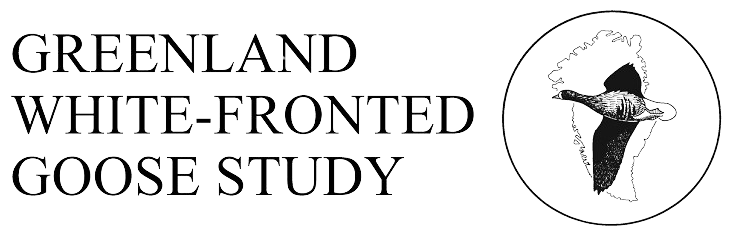History
Recorded by A-W (1963) numbering 450-500 birds, the decline of this flock was described by R&O (1979). It was the most important regular wintering site in Wales, but the sudden and drastic decline in this flock coincided with the very severe winter of 1962/3 when the normal wintering site was completely frozen and covered in snow for a prolonged period from late December, which caused the geese to depart. Many went to the coast where they suffered heavy shooting and lack of food, after which numbers dwindled and the site was abandoned by the late 1960s, although small groups appeared at the site well into the 1970s.
Status
Abandoned, formerly of International importance (R&O “c”). Annual wildfowl counts at the site have failed to find any regular numbers since that time, although c.39 were present in the area in December 1982 and occasional birds still occur (Fox and Stroud 1986).
Maximum winter counts:
Breeding success: No age ratio data are available for this site.
Feeding sites and habitat: Formerly rough grassland, bog and peat-cuttings, resorting to spring flushes and grassland adjacent to the bog in the spring (Pollard and Walters-Davies 1968).
Roosting sites: Geese formerly roosted on the flashes and mire pools of Cors Caron.
Site safeguards or disturbance refuge: The site is a NNR and Ramsar Site.
References
Fox,A.D. & Stroud, D.A. (1986) The Greenland White-fronted Goose in Wales. Nature in Wales n.s. 4: 20-27.
Pollard, D.F.W. & Walters-Davies, P. (1968) A preliminary study of the feeding of the Greenland White-fronted Goose Anser albifrons flavirostris in Cardiganshire. Wildfowl 19: 108-116.
